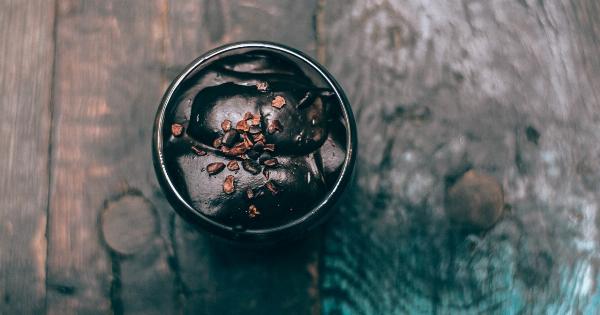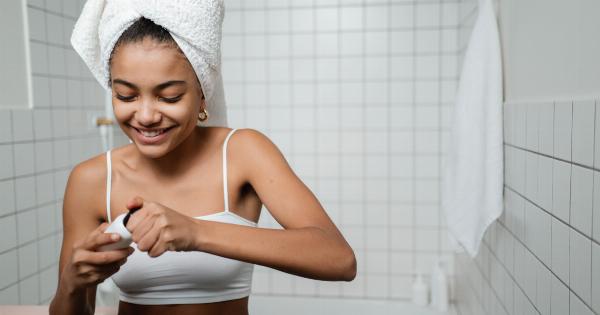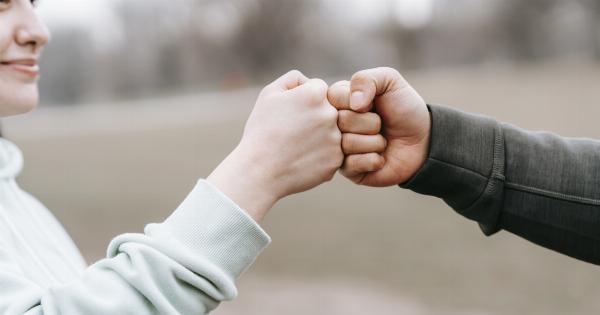Removing your makeup at the end of the day is just as important as putting it on properly. Not only will it ensure that your skin stays healthy and free of breakouts, but it will also help to prevent premature aging.
However, if you are not careful, you could end up causing more harm than good. Here are 30 things to keep in mind when removing your makeup:.
1. Wash your hands first
Before you start removing your makeup, make sure that your hands are clean. This will help to prevent bacteria from your hands getting onto your face.
2. Use a gentle cleanser
Use a mild cleanser on your face to avoid irritation. Avoid cleansers with harsh chemicals like alcohol or sulfates as they can cause dryness and sensitivity.
3. Use cotton pads or soft cloth
Use cotton pads or a soft cloth to remove your makeup gently. This will also help to avoid tugging at delicate skin around the eyes.
4. Remove your eye makeup first
Start by removing your eye makeup, as it can be the toughest to remove. Use a gentle eye makeup remover that is specifically formulated for this purpose.
5. Be gentle around the eyes
When removing eye makeup, be gentle. Use a gentle sweeping motion from the top of the eyelid down to avoid any harsh rubbing that could irritate the sensitive eye area.
6. Don’t forget to remove your lipstick
Your lips also need special attention when removing makeup. Use a lip balm or petroleum jelly to gently remove lipstick and prevent dryness.
7. Pay special attention to waterproof makeup
Waterproof makeup can be especially difficult to remove. Use a waterproof makeup remover to break down the product before wiping it away.
8. Use micellar water for stubborn makeup
Micellar water is a gentle, no-rinse cleanser that can help to remove stubborn makeup. Simply soak a cotton pad with micellar water and gently wipe away makeup.
9. Take your time
Don’t rush when removing your makeup. Take your time to ensure that you are removing all makeup without tugging or irritating your skin.
10. Cleanse twice if needed
If you have particularly stubborn makeup or if you feel like your skin isn’t fully clean after your first cleanse, cleanse again for a deeper clean.
11. Avoid hot water
Hot water can strip your skin of its natural oils, causing dryness and irritation. Use lukewarm water when removing your makeup.
12. Gently exfoliate
A gentle exfoliation can help to remove dead skin cells and unclog pores. Use a scrub or exfoliating brush once a week, but avoid areas with irritated or sensitive skin.
13. Don’t use facial wipes
Facial wipes can be convenient, but they are not the best option for removing makeup. They do not fully remove all the makeup and can leave residue on your skin.
14. Rinse your face thoroughly
Make sure to rinse your face thoroughly after removing your makeup. Any leftover cleanser or makeup can clog pores and cause breakouts.
15. Pat your face dry
Avoid rubbing your skin when drying your face. Instead, gently pat your skin dry with a soft towel to avoid irritation.
16. Apply toner
After cleansing your skin, apply a gentle toner to help restore the skin’s pH balance and prepare it for moisturizer.
17. Use oil-based cleansers for heavy makeup
If you wear a lot of heavy makeup, try using an oil-based cleanser that will break down the makeup without tugging at your skin.
18. Use separate cloths for eye and face
Use separate cloths for removing eye and face makeup. This will help to avoid any transfer of bacteria or irritants between the two areas.
19. Don’t scrub your skin
Scrubbing too hard can damage your skin’s natural barrier. Be gentle when washing your face and avoid using abrasive scrubs that can cause irritation.
20. Be gentle with breakouts
If you have any active breakouts, be extra gentle when removing makeup from that area. Aggravating a pimple can cause further inflammation or spreading of bacteria.
21. Wash your makeup brushes
Make sure that your makeup brushes are clean before using them again. Dirty brushes can spread bacteria and cause breakouts.
22. Don’t forget your neck
Don’t neglect your neck when removing your makeup. Make sure to clean it thoroughly along with your face.
23. Use a clean towel
Use a clean towel to pat your face dry after washing. Dirty towels can contain bacteria that can lead to breakouts or other skin issues.
24. Don’t pick at your skin
Resist the urge to pick at any pimples or blackheads, which can lead to scarring or further breakouts.
25. Use a gentle moisturizer
After removing your makeup, apply a gentle moisturizer to keep your skin hydrated and healthy.
26. Don’t share your makeup
Sharing makeup can lead to the transfer of bacteria and infections. Always use your own products and wash your hands before applying them.
27. Remove all traces of makeup
Make sure to remove all traces of makeup before going to bed. Leftover makeup can clog pores and cause more breakouts.
28. Use a clean pillowcase
Changing your pillowcase regularly can help to prevent bacteria from building up and causing breakouts while you sleep.
29. Pay attention to expiration dates
Expired makeup can harbor bacteria or other harmful microorganisms. Make sure to regularly check and replace your makeup as needed.
30. Stick to a routine
Consistency is key when it comes to maintaining healthy skin. Stick to a daily skincare routine that includes cleansing, toning, and moisturizing.
Conclusion
Removing your makeup at the end of the day is an essential part of a healthy skincare routine. By keeping these tips in mind, you can ensure that you are removing your makeup safely and effectively, without causing any damage to your skin.































